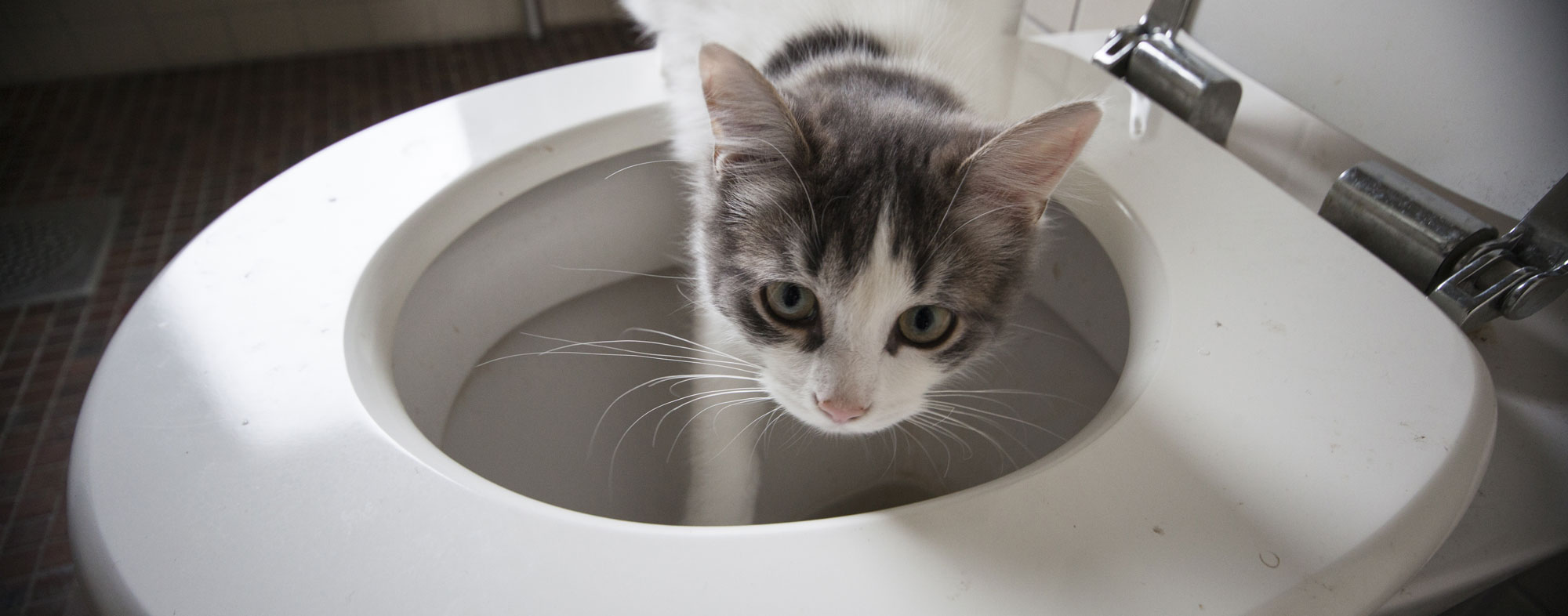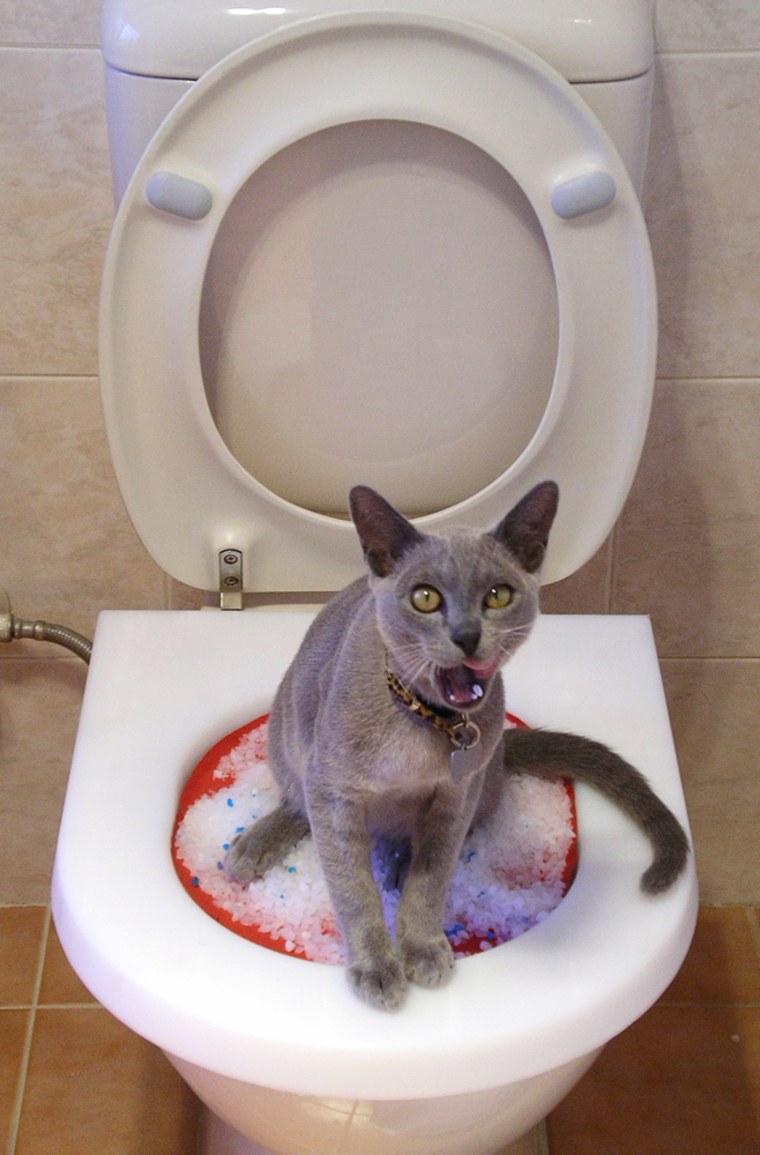How Flushing Animal Waste Could be Not Advisable
How Flushing Animal Waste Could be Not Advisable
Blog Article
Just how do you really feel in regards to 4 Reasons Why Dog Poop Cleanup is Important?

When it comes to throwing away waste, especially animal waste, lots of people often turn to the convenient choice of flushing it down the commode. Nonetheless, this seemingly simple option can have significant effects for the environment and public health. In this short article, we'll check out why flushing animal waste down the commode is a negative concept and provide different methods for correct disposal.
Introduction
Correct waste disposal is vital for maintaining environmental sustainability and public health. While it might seem safe to flush animal waste down the commode, it can cause various problems, both for the setting and human well-being.
Threats of flushing animal waste
Ecological effect
Purging animal waste introduces unsafe bacteria and microorganisms into rivers, which can adversely impact water environments. These pathogens can infect water resources and damage aquatic life, disrupting delicate ecosystems.
Public health problems
Animal waste has unsafe germs such as E. coli and Salmonella, which can pose severe wellness risks to people. Purging pet waste down the toilet can contaminate water materials, bring about the spread of diseases and infections.
Alternatives to flushing
Instead of flushing pet waste down the toilet, there are several alternative disposal methods that are more environmentally friendly and hygienic.
Composting
Composting animal waste is a green means to take care of it. By composting, raw material is broken down right into nutrient-rich soil, which can be used to feed yards and plants.
Landfill disposal
Getting rid of animal waste in a garbage dump is another alternative. While not as environmentally friendly as composting, it is a safer option to flushing, as it avoids the contamination of water resources.
Animal waste disposal systems
There are customized animal garbage disposal systems readily available that safely and hygienically throw away animal waste. These systems usually use read more enzymes to break down waste and get rid of smells.
Actions to proper animal garbage disposal
To ensure correct disposal of pet waste, follow these steps:
Scooping and nabbing waste
Regularly scoop and bag animal waste making use of biodegradable bags. This protects against waste from infecting the atmosphere.
Utilizing assigned waste bins
Dispose of bagged animal waste in assigned waste bins, such as compost containers or land fill bins. Avoid flushing it down the toilet in all expenses.
Cleaning up litter boxes and pet dog areas consistently
Consistently clean can and family pet areas to stop the accumulation of waste and microorganisms. Use pet-safe cleansing products to keep hygiene.
Benefits of appropriate disposal methods
Embracing correct disposal techniques for pet waste offers a number of advantages:
Reduced environmental pollution
Appropriate disposal approaches reduce the danger of environmental pollution, safeguarding rivers and ecological communities from contamination
Reduced danger of water contamination.
By staying clear of flushing pet waste down the commode, the threat of water contamination is considerably decreased, securing public health.
Improved sanitation and health
Correct disposal approaches advertise better sanitation and hygiene, creating a more secure environment for both people and animals.
Conclusion
In conclusion, purging pet waste down the commode is hazardous to the environment and public health. By taking on different disposal techniques and adhering to proper waste administration methods, we can reduce the unfavorable impact of animal waste and add to a cleaner, healthier earth.
What To Do With Dog Poo – The Do's And Don'ts Of Disposing Of Faeces
Dog poo bins
Some councils provide dedicated dog waste bins in popular dog-walking areas that can take dog poo that has been bagged but you can legally dispose of dog waste in any public litter bin, as long as it is securely bagged. This also applies to your wheelie bin at home.
Do not flush
Water companies do not recommend flushing dog faeces down the toilet because certain parasites can survive the water processing treatment and are potentially harmful to humans. You should also never consider flushing dog poo that has been bagged down the toilet as the bags will not break down and instead create severe blockages in the sewage system.
In the woods
The Forestry Commission promotes a ‘stick and flick’ method for dealing with waste in the woods. This means finding a stick and using it to flick any poo from off the path so that it is out of the way of other walkers. You could also bury it as long as it is not in an area where there might be livestock.
Livestock
Parasites found in dog poo can be transmitted to livestock if they inadvertently eat infected faeces that has been left on grazing land. This could result in the death of sheep or abortion in cattle so you should always make sure you pick up your dog’s waste in fields where livestock could be present.

Consistently clean can and family pet areas to stop the accumulation of waste and microorganisms. Use pet-safe cleansing products to keep hygiene.
Benefits of appropriate disposal methods
Embracing correct disposal techniques for pet waste offers a number of advantages:
Reduced environmental pollution
Appropriate disposal approaches reduce the danger of environmental pollution, safeguarding rivers and ecological communities from contamination
Reduced danger of water contamination.
By staying clear of flushing pet waste down the commode, the threat of water contamination is considerably decreased, securing public health.
Improved sanitation and health
Correct disposal approaches advertise better sanitation and hygiene, creating a more secure environment for both people and animals.
Conclusion
In conclusion, purging pet waste down the commode is hazardous to the environment and public health. By taking on different disposal techniques and adhering to proper waste administration methods, we can reduce the unfavorable impact of animal waste and add to a cleaner, healthier earth.
What To Do With Dog Poo – The Do's And Don'ts Of Disposing Of Faeces
Dog poo bins
Some councils provide dedicated dog waste bins in popular dog-walking areas that can take dog poo that has been bagged but you can legally dispose of dog waste in any public litter bin, as long as it is securely bagged. This also applies to your wheelie bin at home.
Do not flush
Water companies do not recommend flushing dog faeces down the toilet because certain parasites can survive the water processing treatment and are potentially harmful to humans. You should also never consider flushing dog poo that has been bagged down the toilet as the bags will not break down and instead create severe blockages in the sewage system.
In the woods
The Forestry Commission promotes a ‘stick and flick’ method for dealing with waste in the woods. This means finding a stick and using it to flick any poo from off the path so that it is out of the way of other walkers. You could also bury it as long as it is not in an area where there might be livestock.
Livestock
Parasites found in dog poo can be transmitted to livestock if they inadvertently eat infected faeces that has been left on grazing land. This could result in the death of sheep or abortion in cattle so you should always make sure you pick up your dog’s waste in fields where livestock could be present.

As a devoted person who reads about , I assumed sharing that piece of writing was essential. Do you know another individual who is sincerely interested in the niche? Please feel free to promote it. Thank you for going through it.
Click Here Report this page